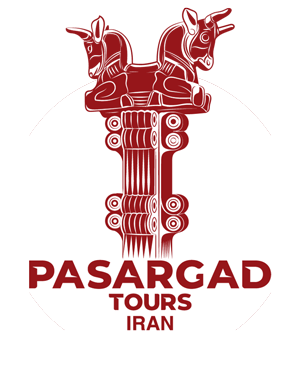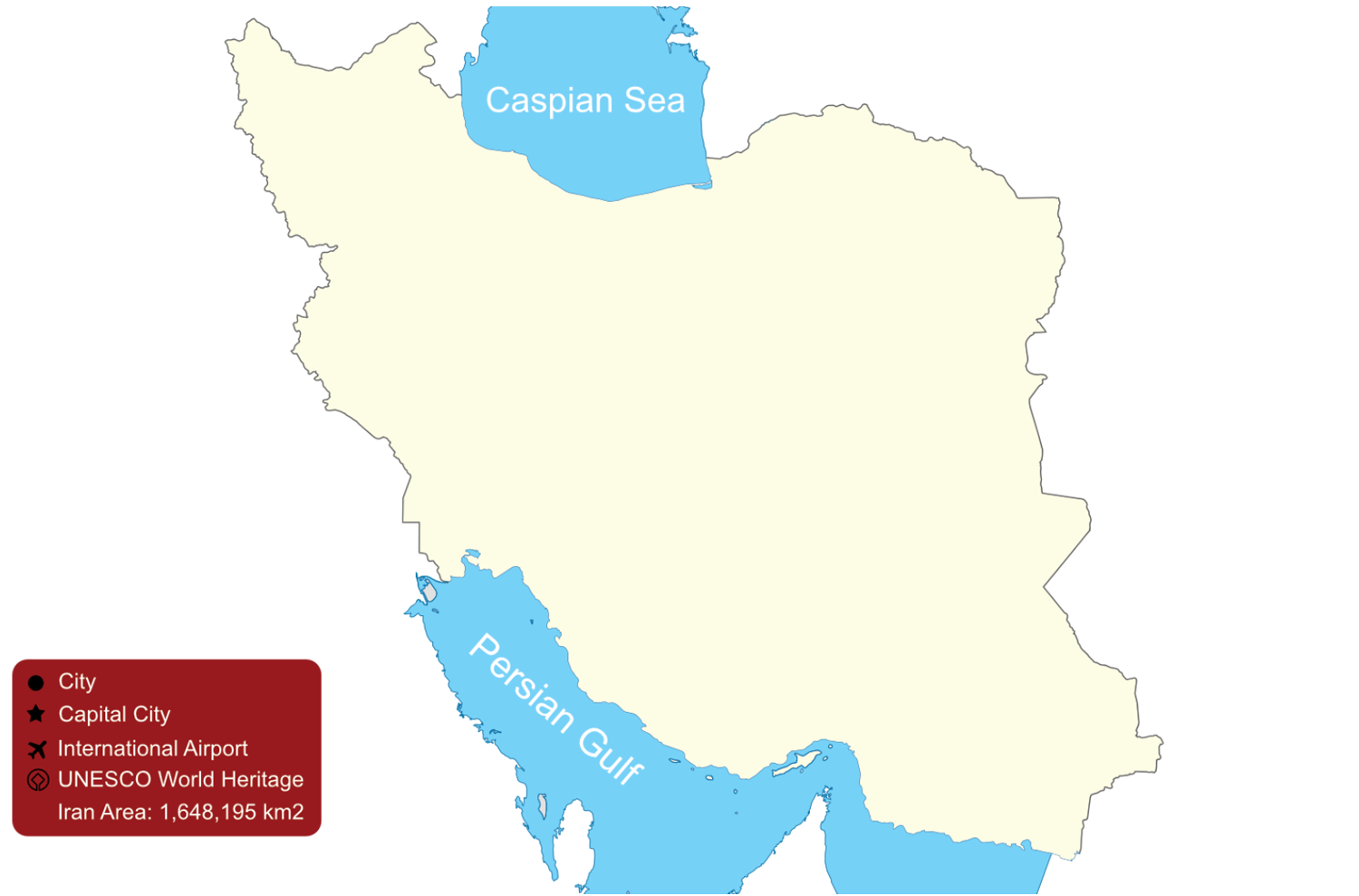
Tehran


Golestan Palace
IKA Airport
Kerman



Cultural Landscape of Maymand
Bam and its Cultural Landscape
KER Airport
Kermanshah

Bisotun
Susa

Susa
Urmia

OMH Airport
Yazd

Historic City of Yazd
Zanjan

Soltaniyeh
Ardabil


Sheikh Safi al-din Khānegāh and Shrine Ensemble in Ardabil
ADU Airport
Isfahan



Masjed-e Jāmé of Isfahan
Meidan Emam
IFN Airport
Tabriz


Tabriz Historic Bazaar Complex
TBZ Airport
Shiraz




Sassanid Archaeological Landscape of Fars Region
Pasargadae
Persepolis
SYZ Airport

Hyrcanian Forests

Gonbad-e Qābus

The Persian Qanat

Shahr-i Sokhta

Lut Desert

Tchogha Zanbil

Shushtar Historical Hydraulic System

Takht-e Soleyman

Armenian Monastic Ensembles of Iran
Destinations
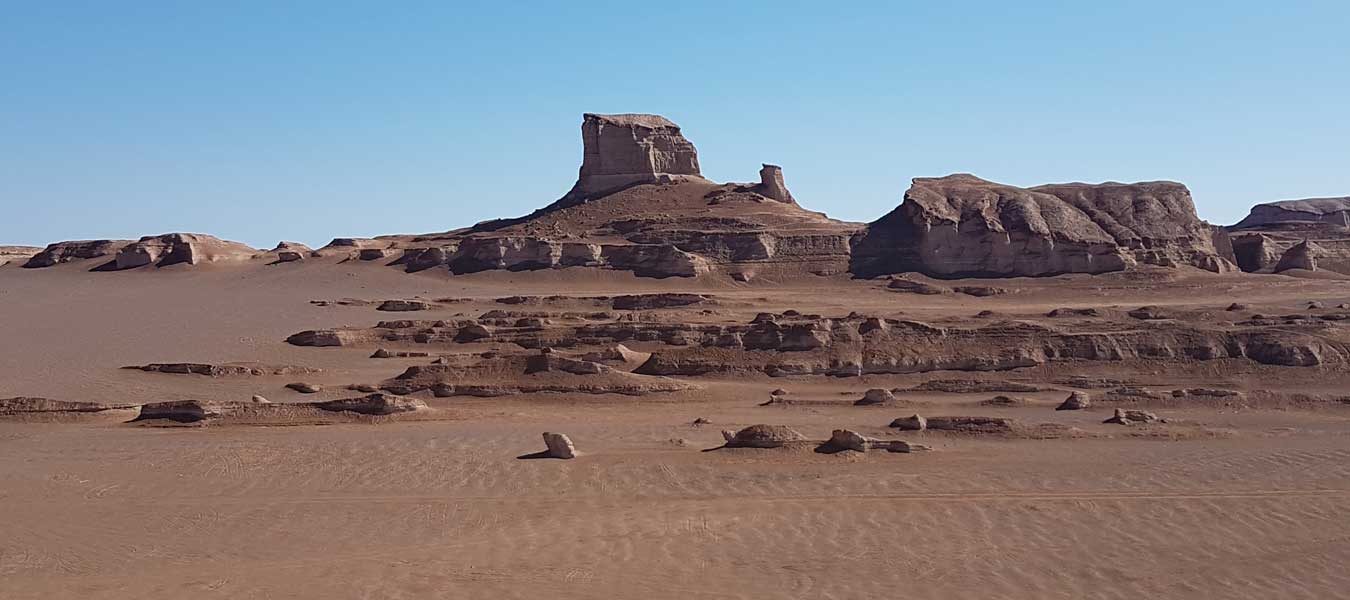
Kerman
Located far from the major industrial areas and the rich farmlands of the north and west, the spellbinding province of Kerman is sparsely populated. Somewhat surprisingly, however, the province boasts a remarkably cosmopolitan capital dotted with ancient monuments attesting to its importance in early Iranian history. Abandoned caravanserais and crumbling fortifications in many parts of the province indicate that for centuries it was a key junction on the caravan routes, connecting Iran and the subcontinent.
Kerman has suffered many invasions and destructions by invaders, lastly at the hands of the founder of the Qajar Dynasty, Agha Mohammad Khan, in his attempt to overthrow the Zand Prince Lotf-Ali Khan. He captured Kerman and treated its inhabitants with barbaric cruelty in revenge for their support of the brave Zand Prince.
Famed for its carpets, mountains and desert, Kerman province is also home to both natural and cultural UNESCO World Heritage Sites. more
View Tours
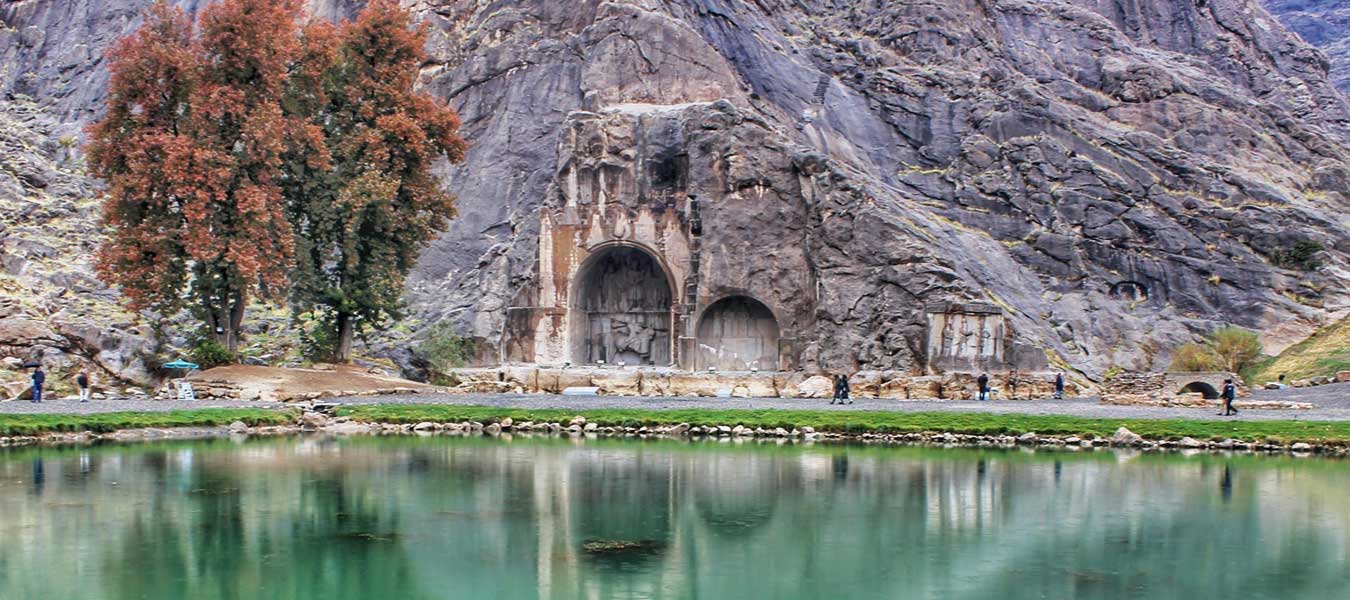
Kermanshah
The rich history of human settlements in Kermanshah goes back further than other parts of Iran. In the mountains of the city, unique signs of Middle Paleolithic Neanderthal man have been observed. The oldest pottery in Iran has been found in the last layer of the Ganj Dareh (Treasure Valley) mound. The oldest rock relief of Iran, Anubanini, from the era of the Lullubians who were under the support of the Akkadian Empire in the second millennium B.C. is located in Sarpol-e Zahab, Kermanshah.
According to some scholars, the Anubanini inscriptions were Darius’ inspiration for Bisotun, a UNESCO World Heritage Site and one of the most admired sites in Near Eastern archaeology.
It was here that Sir Henry Rawlinson copied the trilingual inscriptions of Darius I, carved in 552 B.C., in old Persian, Elamite, and Akkadian, a key step in the eventual decipherment of cuneiform in the mid-19th century. more
View Tours
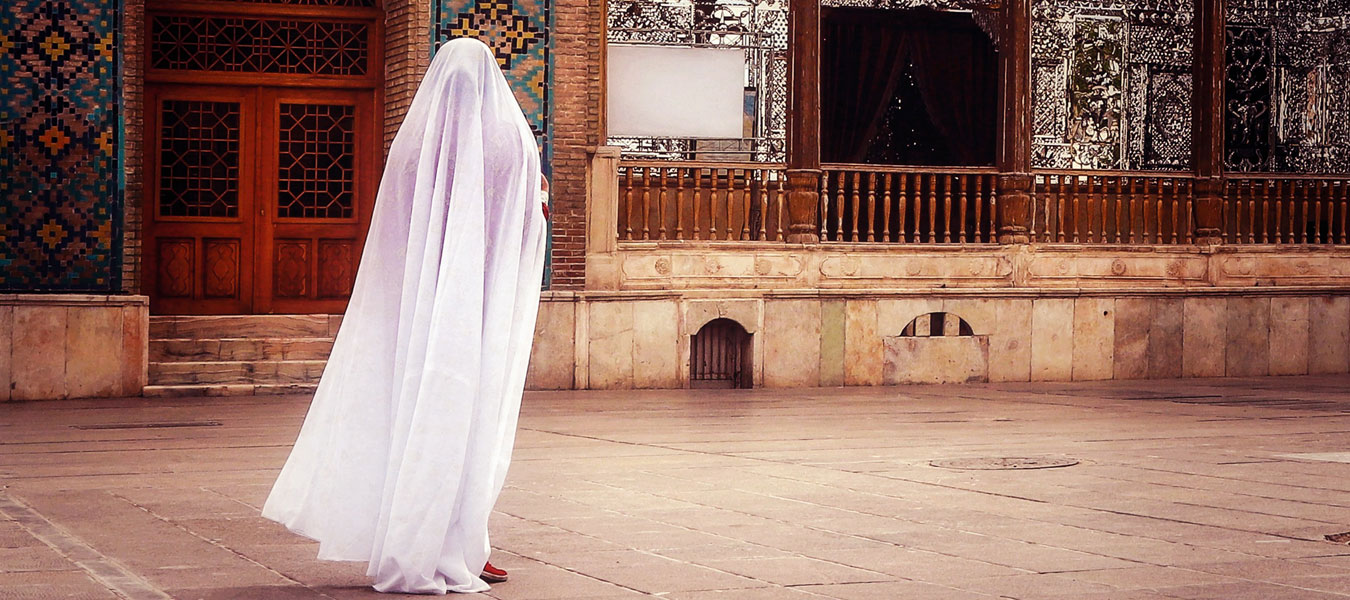
Qazvin
The Qazvin plain has been an inviting place ever since the first inhabitants arrived on the Iranian plateau. Among its earliest settlers were the Kassites who are believed to have made their home there as early as the 14th century B.C. As the capital of the early Safavid kings in the early 16th century before they moved to Isfahan, Qazvin was the site of government buildings which inspired their more famous counterparts in Isfahan. Names such as A’li Qapu and Chehel-Sotoun are universally associated with Isfahan, yet they originated long before the town became the heart of the empire. Unfortunately, Qazvin’s A’li Qapu palace has not withstood the test of time. All that remains are the gateway and part of the guardroom. But due to extensive restoration, the Chehel-Sotoun is in far better condition and has been converted into the Qazvin Museum. The French Jean Chardin, who traveled to Iran during the late 17th century, described Qazvin as a city with twelve- thousand garden houses. Due to limited water resources in their region, the proficient people of Qazvin utilized qanats (underground water channels) and large cisterns to water their many orchards. more
View Tours
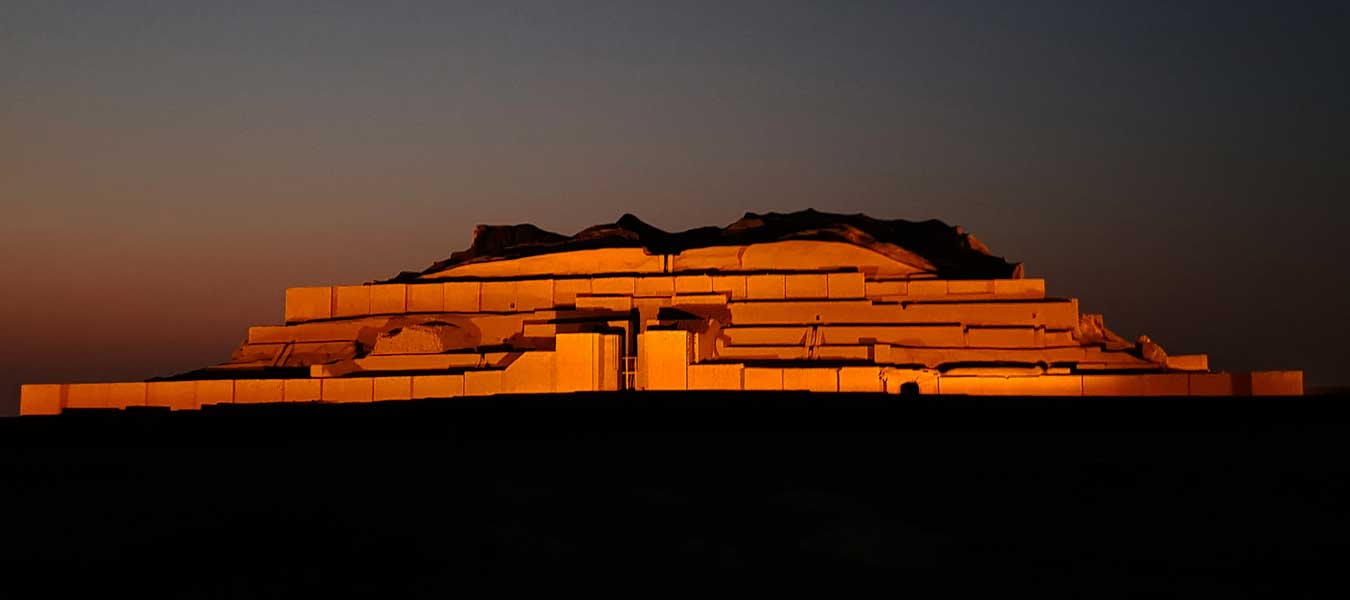
Susa
Susa is the site of one of the oldest civilizations in the Middle East; dating back to 5,000 B.C. Archaeologists have worked at Susa for well over one hundred years, excavating the extensive remains which stretched from the 4th millennium B.C. to the early Islamic period.
On the ruins of the Elamite capital that was destroyed by the Assyrians, Darius built his winter capital. The ruins of the Achaemenian palaces are still visible as are the remains of the Apadana, which lent its name to the famous Apadana audience hall at Persepolis.
At the height of its importance Susa claimed to be the capital of the world. The names of Darius and Susa are inextricably linked and it is here that his now famous headless statue (now at Iran’s National Museum) with Egyptian hieroglyphics on the base was found. A broken bull capital is one of the few surface remains at Susa that recalls the magnificence recorded in foundation tablets recovered from the palace of Darius on the Apadana mound. more
View Tours
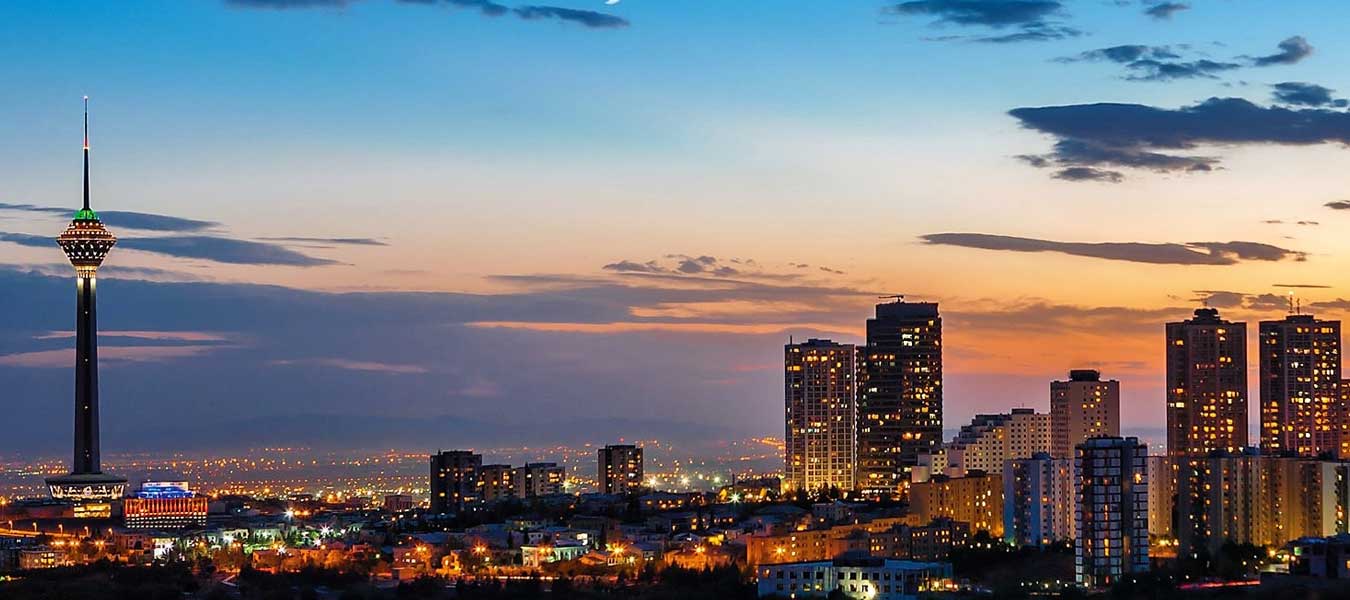
Tehran
Iran’s ever-expanding metropolis and capital, Tehran, is a junction of tradition and modernity. Compared to Iran’s other capitals, Tehran is not considered an old city. Little is known about Tehran before 1220 A.D. when along with Rey or Rhagae, the ancient capital of East Media, it was razed to the ground by the Mongol invaders.
Tehran remained relatively unimportant until the end of the 18th century when it was made the capital by Agha Mohammad Khan, the founder of the Qajar Dynasty, who was crowned here in 1795. It was expanded by his successor Fath-Ali Shah who built the Golestan Palace, which is now Tehran’s UNESCO-listed site. Tehran was located within the mud walls of an Arg or citadel and had many gates, the last of which still remains today with the decorative Gate of Bagh-e-Melli in the administrative section of the capital.
The ageless Alborz Mountains to the north of the city, and its majestic peak, Mount Damavand, visible from Tehran on a clear day, have long been associated with Tehran. more
View Tours
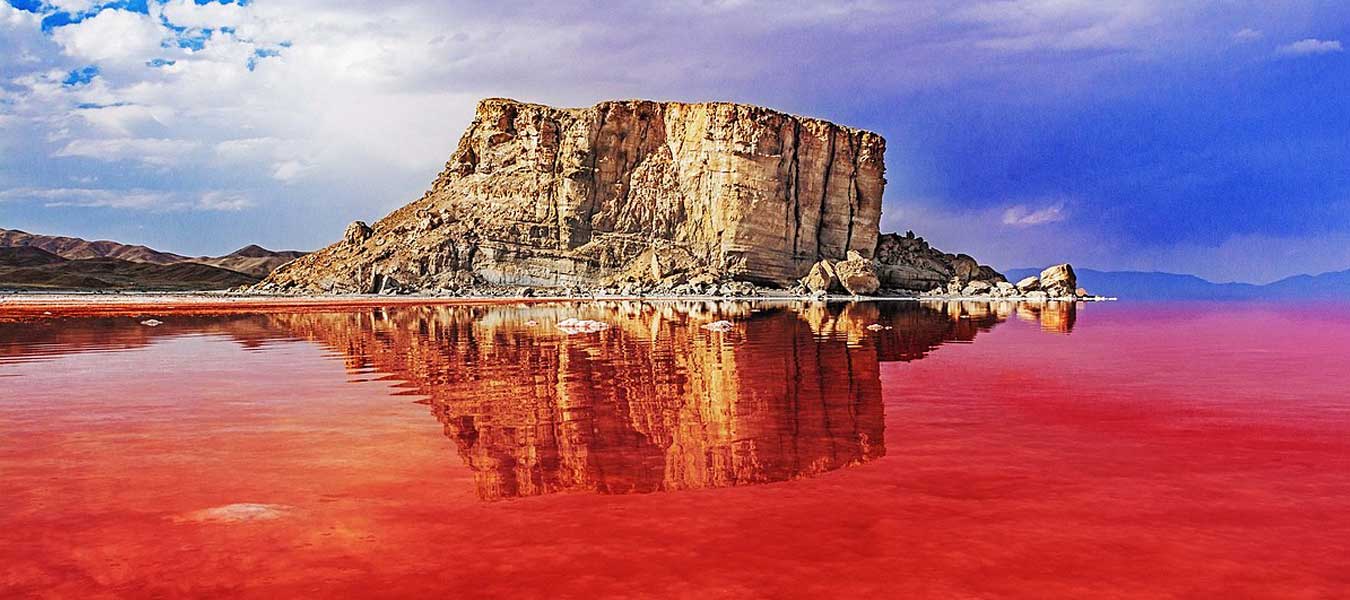
Urmia
Urmia is the capital of West Azarbaijan province and known for its proximity to one of the largest salt lakes of the world, Urmia Lake. In the past it was referred to as the ‘Paris’ of Iran.
Besides its numerous natural wonders, Urmia also has an incredible history. Geoy Tepe mound, excavated by the British archeologist, Burton Brown, demonstrates the evolution of this city through the Chalcolithic, Bronze, Iron, and the Islamic ages.
Urmia is also home to a large population of the Assyrian ethnic-religious minority group in Iran. There are several major sites and monuments in and near the city of Urmia such as Saint Mary church and Seljuq period tomb-tower of Segonbad. Teppe Hasanlu, the archaeological site of an ancient town, is located northwest of Urmia. The UNESCO-listed archaeological ensemble, Takht-e Soleyman, is also located southeast of this city. more
View Tours
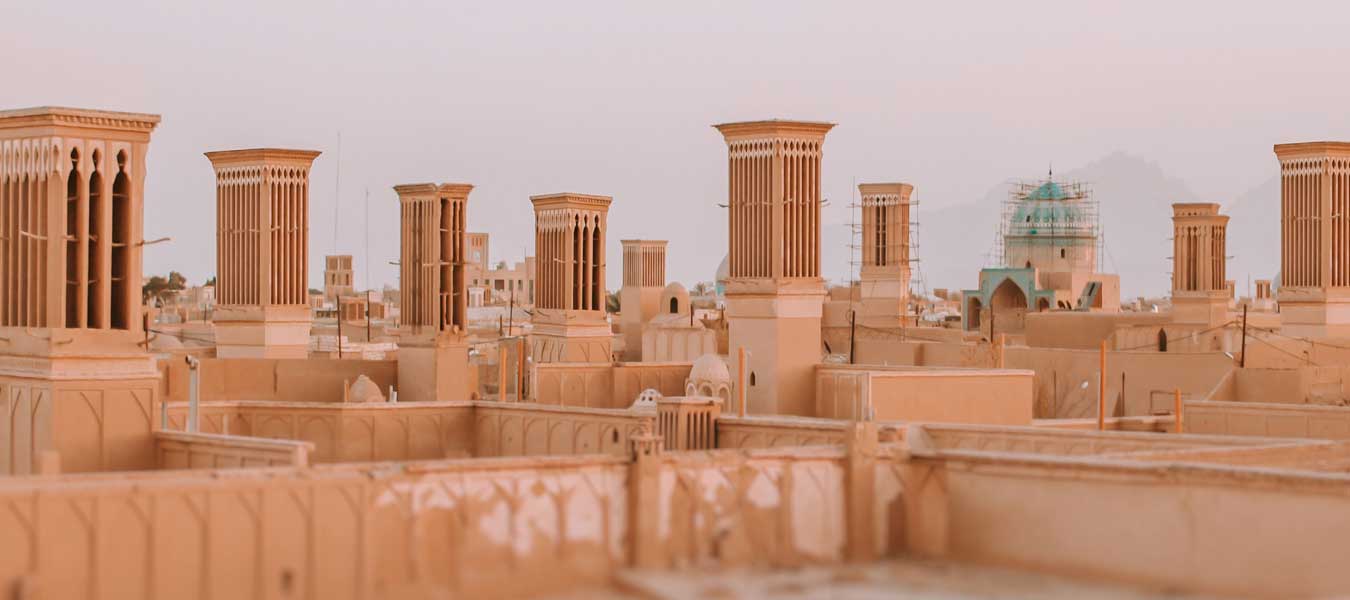
Yazd
Marco Polo visited Yazd on his way to China and called it the “good and noble city of Yazd”. His comments still hold true today as the reputation of the citizens of the desert city known for honesty and hard work remains intact.
The architecture of this harmonious UNESCO World Heritage Site, the Historic City of Yazd is perhaps the most traditionally Persian to be found, preserved by the hot, dry climate and spared the devastation of the Mongols and other invaders. The ancient Iranian architectural elements called badguirs (wind-catchers), which are seen from Kashan to the Persian Gulf, are most highly developed in Yazd.
It is also the center for Iran’s small Zoroastrian community, who seeking refuge from the invading Arabs found a safe haven within its fortified walls. The sacred fire temples and other Zoroastrian places of pilgrimage attract people of the faith from all over Iran and the world to Yazd. more
View Tours
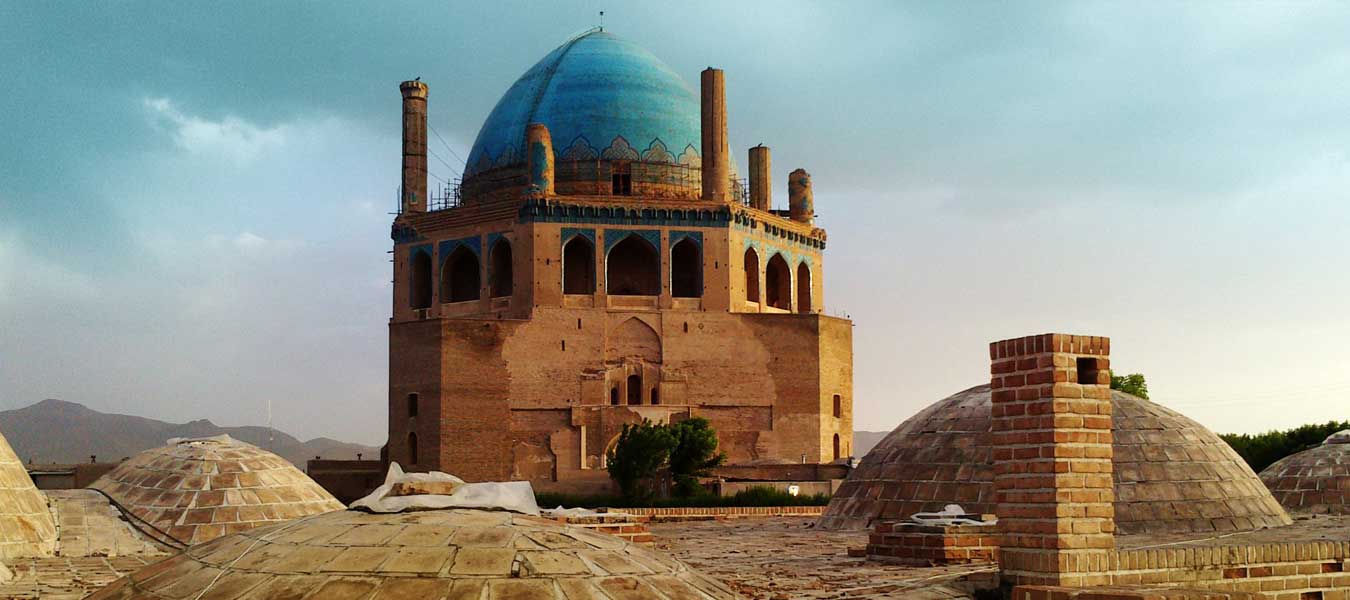
Zanjan
Human settlements in the city of Zanjan, which boasts original handicrafts and cultural and religious rites, date back to the time of Ardashir Sassanid in the 3rd century A.D.
Zanjan province is home to some exceptional sites including the UNESCO-listed site of Soltaniyeh. Sultan Mohammad Khodabandeh (Oljaitu), a 14th century IlKhanid ruler of Persia, moved his capital from Tabriz to the expansive plain of Soltaniyeh, 25 miles southeast of Zanjan, now a separate province southeast of Azarbaijan, erecting there a new city from 1305 to 1313 A.D.
The magnificent palaces, mosques and public buildings that so astounded foreign ambassadors to the Mongol Court are gone, but the tomb of Oljaitu at Soltaniyeh, one of the finest achievements of Persian architecture, still stands, among the poppies that cover the plain and desert hills with a carpet of red flowers in spring. more
View Tours
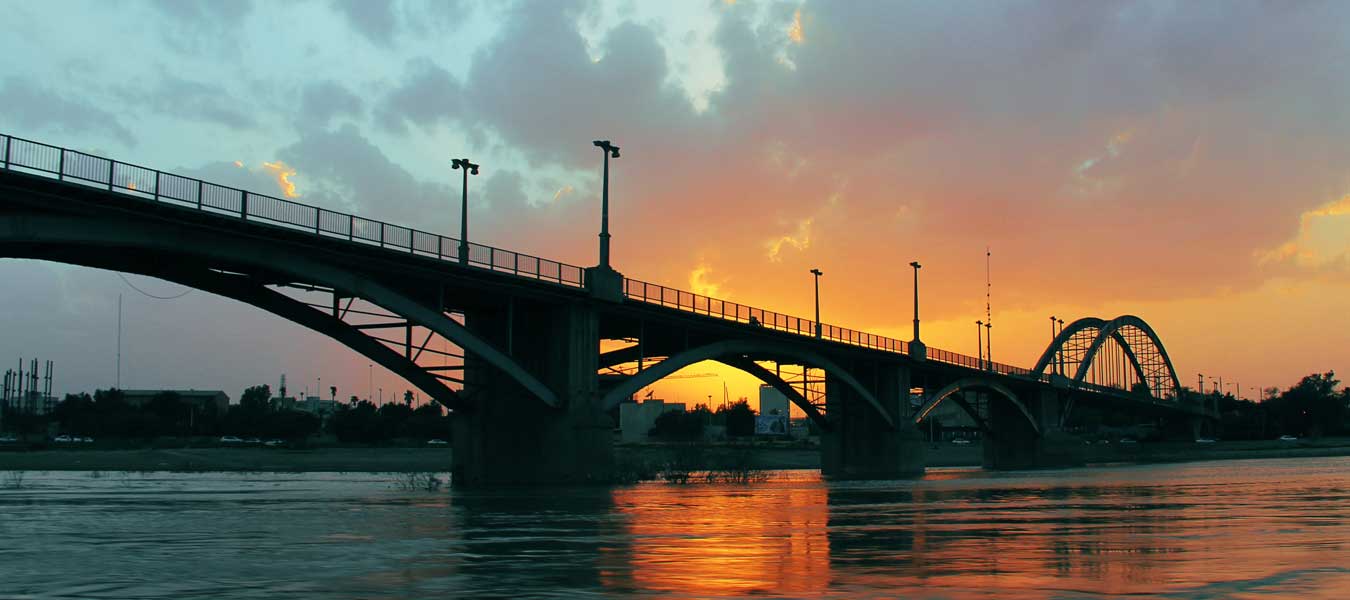
Ahwaz
The province of Khuzestan is the cradle of many of Iran’s ancient civilizations, including the prehistoric Elamite civilization. As an extension of the alluvial plains of Mesopotamia, lowland Khuzestan was sometimes brought within the cultural orbit of Mesopotamia.
Today, Khuzestan is one the most fertile agricultural provinces of Iran because of Karun River, Iran’s widest and sole navigable estuary, it is also the hub of Iran’s oil industry. The capital of Khuzestan is Ahwaz, located on a flat plain on the banks of the Karun River. Settlements of one type or another have stood on the site of modern-day Ahwaz for centuries, but the identity of the original inhabitants remains in dispute.
Ahwaz is also home to various religious minorities, ethnic groups, and languages. Ahwaz was the setting of some major events in the twentieth century which include presence of the Allies and President Truman’s Point IV Program. more
View Tours
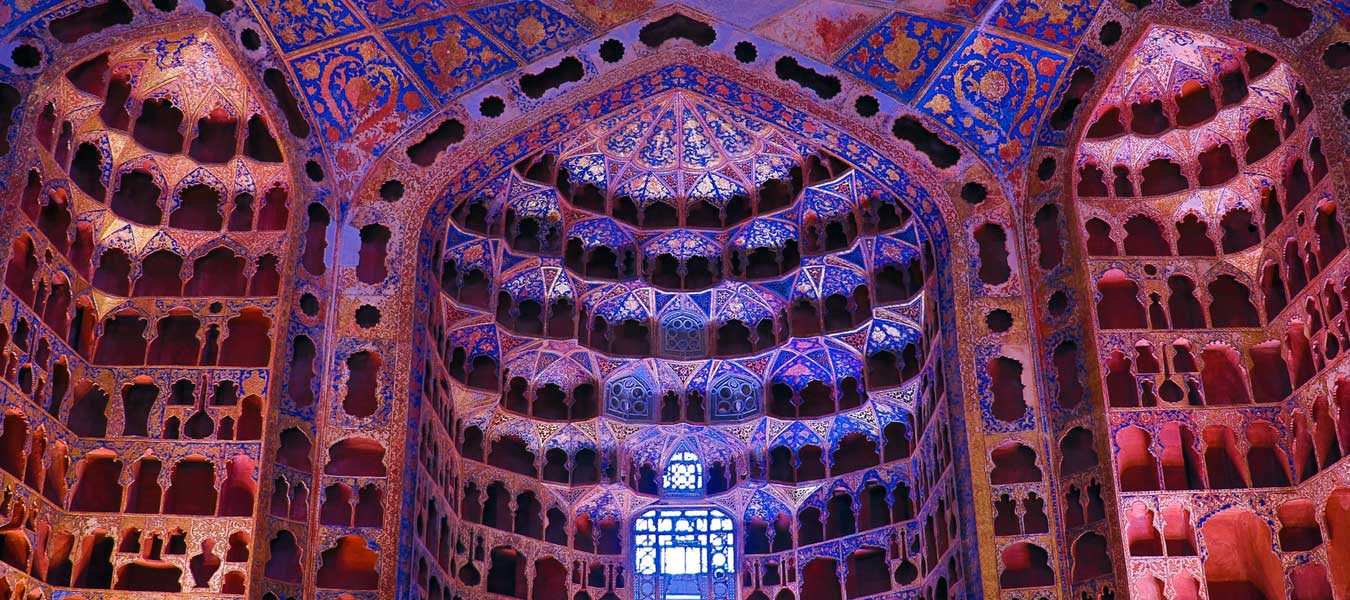
Ardabil
city of Ardabil, with an elevation of 1350 meters, is located on the hillsides of the awe-inspiring Sabalan Mountains, the third-highest mountain range in Iran.
The province of Ardabil is home to many natural and man-made wonders. The famous hot water springs of Sarein and the area’s popular hydrotherapy complexes attract people from all over for their healing benefits.
Its touristic claim to fame, however, is the tomb of Sheikh Safi-al-din Ardabili, a widely revered Sufi philosopher of the 14th century who made Ardabil his home. Since his death at the age of 83, his mausoleum has been the Mecca of thousands of pilgrims every year. Shah Isma’il, founder of the Safavid Dynasty, was sixth in decent from Sheikh Safi-al-Din, whose name gave the Safavids their name. The shrine prospered through the patronage of the Safavid kings who extended and embellished it, and donated many gifts to it. This complex has been described as “more sumptuous than the churches of Santa Sophia, Notre Dame, and Saint Peter”. more
View Tours
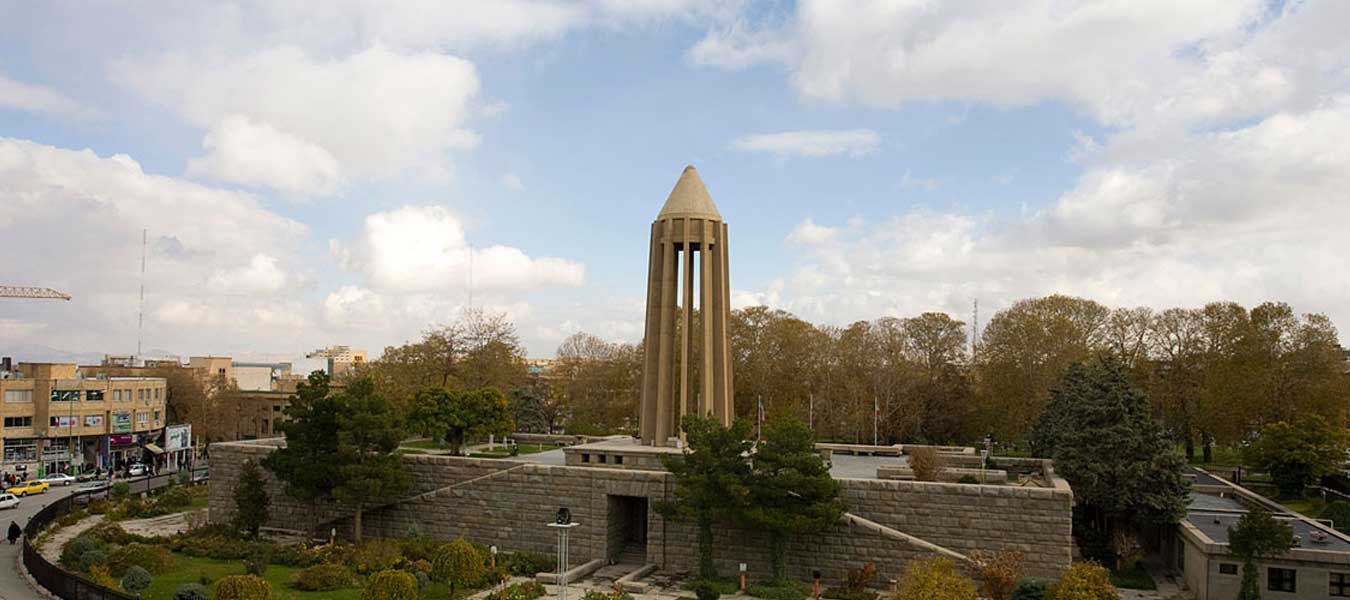
Hamadan
One of Iran’s oldest cities, located in the Central Zagros Range, Hamadan was once the Median capital Hegmatana, and also known in its Greek form Ecbatana. As an important Achaemenian capital Hamadan was graced with great palaces and temples, the remains of which now lie beneath the modern town.
Excavations carried out at the Hegmatana Hill have revealed remains of Median and Achaemenian administrative buildings on an extensive level. There is also a museum at the site displaying artifacts found at several sites in the region.
Among Hamadan’s Islamic structures is that built over the tomb of Esther and Mordecai, surrounded by a charming garden. According to legend, Esther, Queen of Xerxes, helped establish a Jewish colony near Hamadan, and for this reason the mausoleum is a place of pilgrimage for many Jewish people. more
View Tours
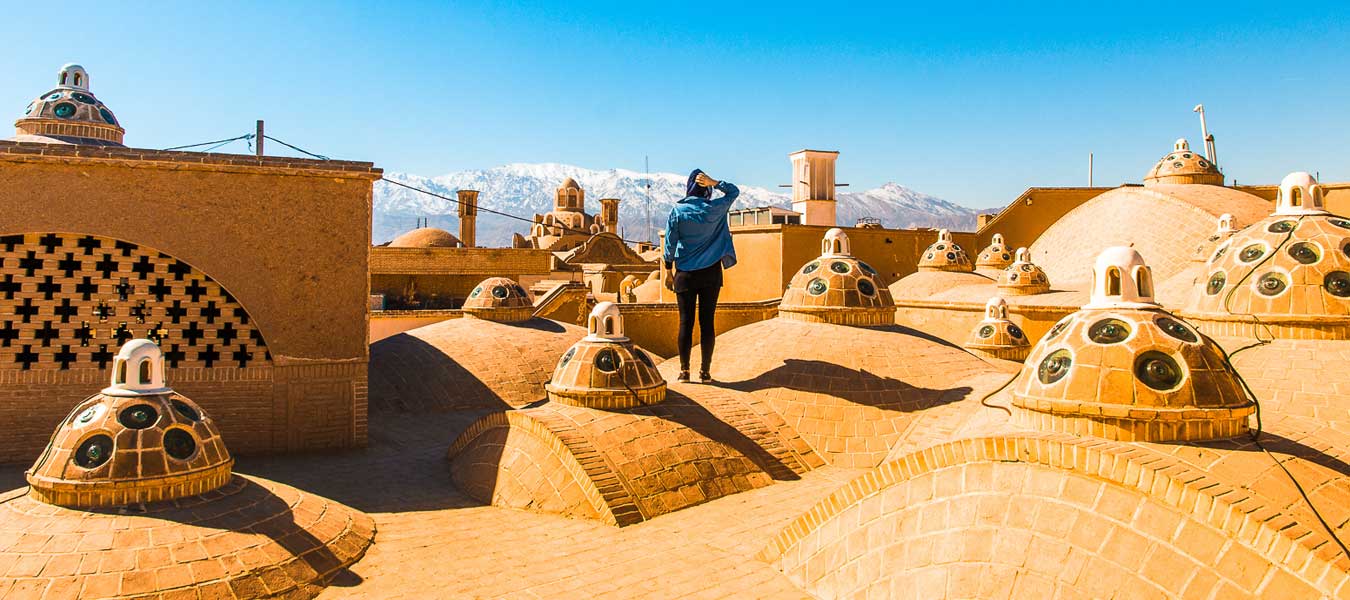
Kashan
Iranian cities generate as much civic pride as Kashan. It is the epitome of everything that is typically Persian from its mosques, caravanserais and stately gardens to its carpets, ceramics and delicate embroideries.
Ranking among the finest Persian Gardens in Iran, the UNESCO-listed Fin Garden was first planted during the Safavid period and kept alive with water from Cheshme –ye- Solaiman (Soloman Spring). It was expanded by the Zand and Qajar monarchs, with many open pavilions added. A museum on the site displays artifacts from nearby Tappeh Sialk (Sialk Hill), where some 5000 years ago the world’s first villagers settled and left behind fascinating artifacts made of stone, metal, and clay.
The name Kashan originates from the Kassites, who ruled Mesopotamia for a long time in the 12th century B.C. Kashan’s status rose during the Islamic period, when many acclaimed scholars emerged from this desert town. more
View Tours
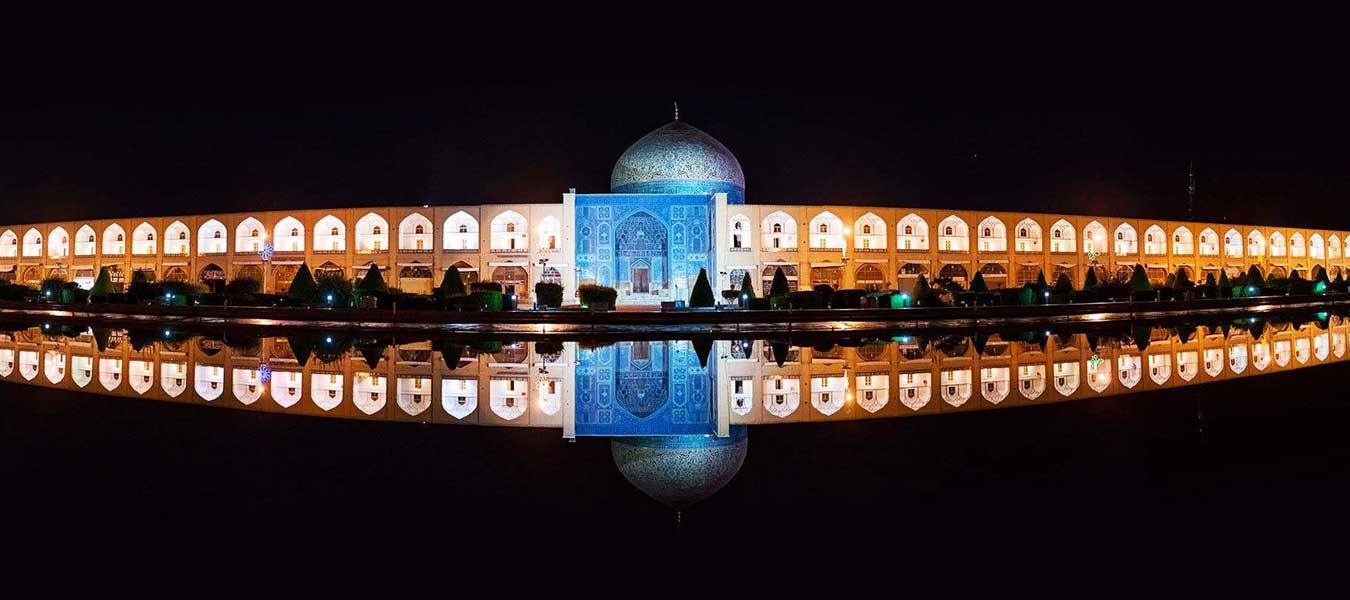
Isfahan
One of the most important historical cities in Iran, Isfahan was known in the Sassanian period as Spadan or Spahan. For over three hundred years Isfahan has been the main attraction for travelers in Iran.
Located on the banks of Zayandeh Rud River, Isfahan is Iran’s third largest city. The city’s history dates back to 2,700 years ago when a Jewish colony first settled in the area still known today as Yahuddiyeh. Isfahan’s moment of glory came in the 17th century when it was reconstructed to unsurpassed beauty by the Safavid king Shah Abbas the Great, who moved the Safavid capital from Qazvin to Isfahan.
Today people still marvel at its magnificence. Shah Abbas planned the city around Meidan-e-Naghsh-e-Jahan (Meidan Emam), where the three main pillars of the Safavid government converged. Masjid-e Emam (Shah Mosque) and Sheikh Lotfollah symbolized religion, A’li Qapu Palace symbolized government, and Qeisarieh Bazaar symbolized the strong Safavid economy. more
View Tours
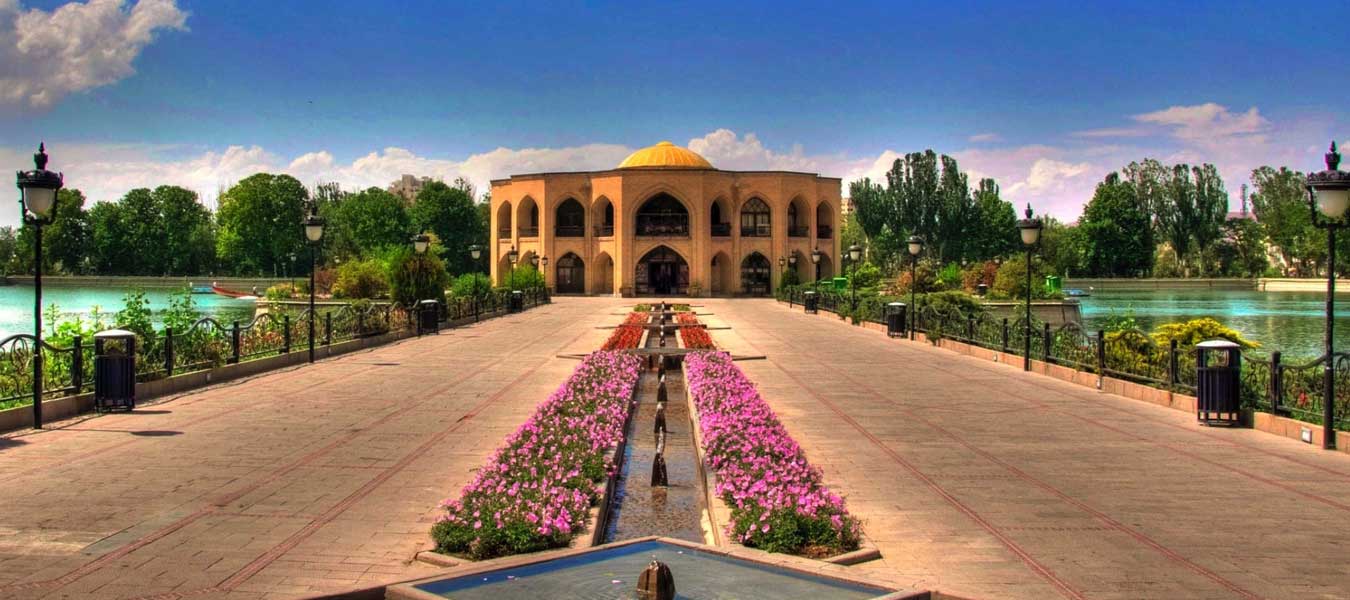
Tabriz
Tabriz was the Mongol capital in the 13th century, and again under the Black Sheep Dynasty, who ruled from Tabriz in the 15th century. Jahan-Shah (1436-1476 A.D.) was an active ruler who expanded and enhanced the city, building the Blue Mosque in 1465, ravaged by centuries of invasions and severe earthquakes, only fragments of the original tilework survived, hinting at the glory that once was. The Blue Mosque is one of the few completely covered mosques in Iran, with exquisite polychrome ornamentation.
Three centuries before Marco Polo introduced Tabriz as the center of international trade, Moqaddasi, the great Islamic geographer, believed that Tabriz was more important than Baghdad which was the capital of Islamic world then.
The flavor of old Tabriz, when it was a center of commerce with goods from near and far, is preserved in its UNESCO site, the Tabriz Grand Bazaar, the world’s largest covered and interconnected complex. more
View Tours
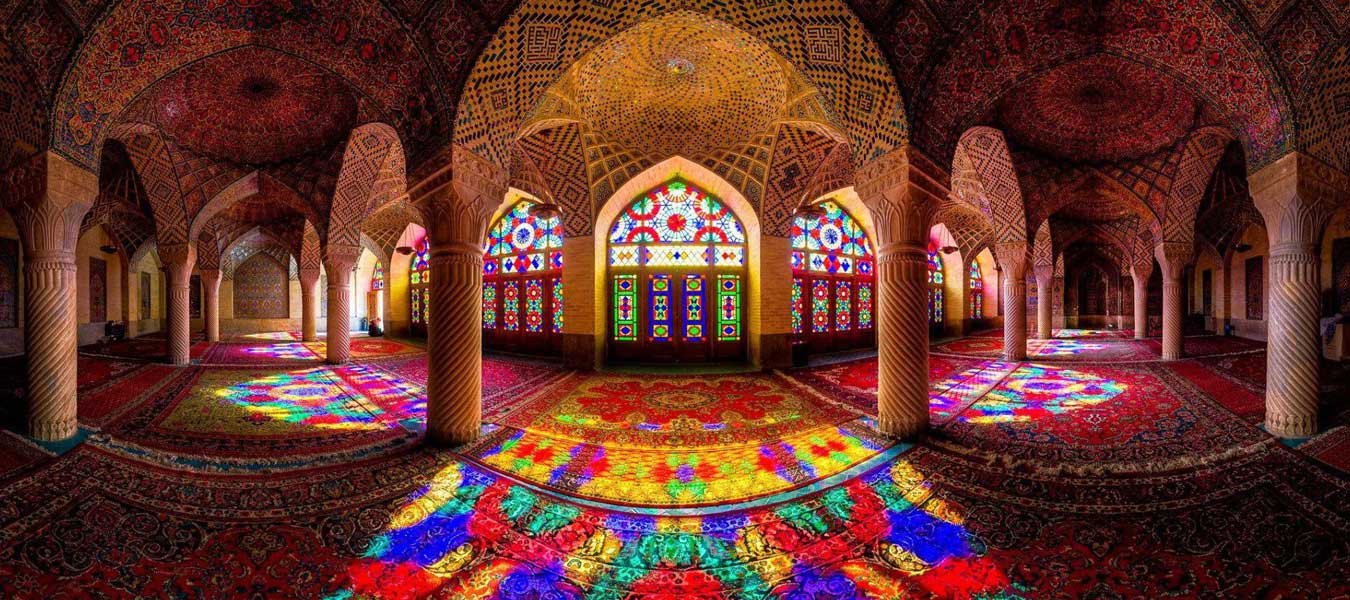
Shiraz
Renowned for its Persian lyrics, roses, cypresses and nightingales, Shiraz is the capital of the southern province of Fars and a former national capital.
Little is known of Shiraz’s pre-Islamic past except that the Sassanian king Ardashir I (A.D. 212-241) held court there. Shiraz was a large fortress that was turned into a city during the Islamic period and first recorded by the name of Tirazzis on Achaemenid 5th century B.C. clay tablets in Elamite language.
Shiraz is celebrated for its many exquisite gardens and is also the birth place of Iran’s two greatest poets, Sa’adi and Hafez, who devoted much of their poetry to the idolization of the city and are buried there in two beautiful mausoleums.
Shiraz’s modern history is closely associated with the Zand Dynasty and its founder Karim Khan Zand. Fars province is home to some of UNESCO’s most prominent archaeological sites. more




